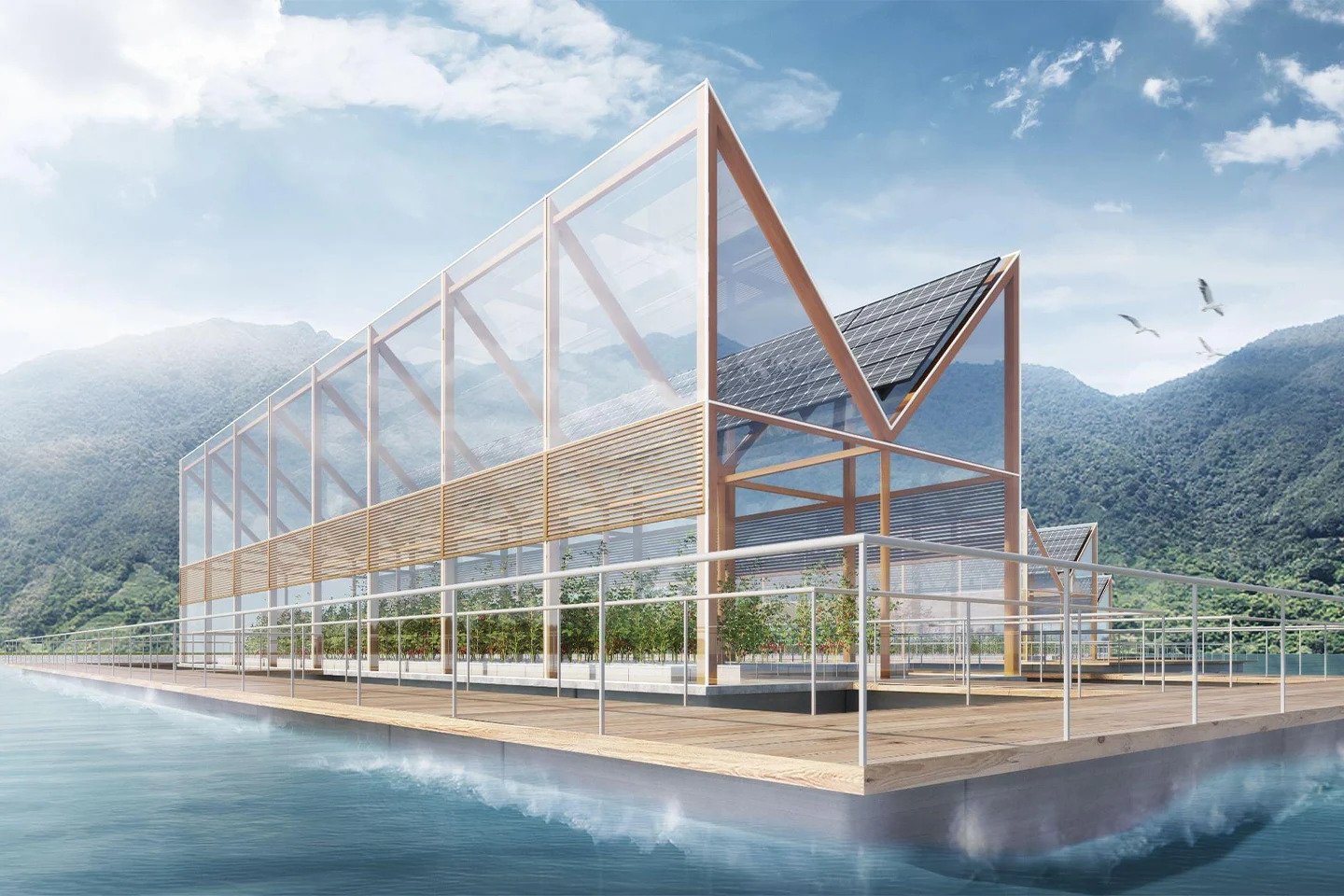According to the U.S. Global Change Research Program, the global average sea level has risen by around 3 inches (7.6 cm) since 1993.
This rise in sea level is attributed to thermal expansion and the melting of glaciers and ice sheets caused by human-induced global warming.
Not only does the rising sea level erode land and cause flooding, but the salt from the sea also has a devastating impact on aquifer and agricultural soil.
One country particularly impacted by the rising sea level is the Japanese archipelago made up of thousands of islands with major cities such as Tokyo and Osaka being coastal. In 2018 and 2019, Japan experienced the highest levels of flood damage since records began, according to the Ministry of Land, Infrastructure, Transport, and Tourism.
If current trends continue, it is estimated that 6 million people across Japan could be affected by flooding by 2030. In terms of financial impact, the approximate damage is calculated at roughly 7.5 trillion yen ($66 billion USD).
Directly confronting and adapting to this environmental issue is Japanese startup N-ARK. With the aim to reinvent architecture by the ocean, the startup hopes to develop a floating greenhouse called Green Ocean and achieve circular farming.
N-ARK says that Green Ocean will grow greens by utilizing saline agriculture technology. In addition, the floating greenhouse will cultivate algae and other plants under the sea surface to improve the underwater environment.
In order for Green Ocean to be salt-resistant, the structure will be constructed out of thinned wood with carbon joints. The roof is utilized to capture rainwater which is mixed with seawater to become fertilizer for saline agriculture. Another benefit of building a floating greenhouse is using seawater for temperature control.
All images in this article are courtesy of N-ARK.








